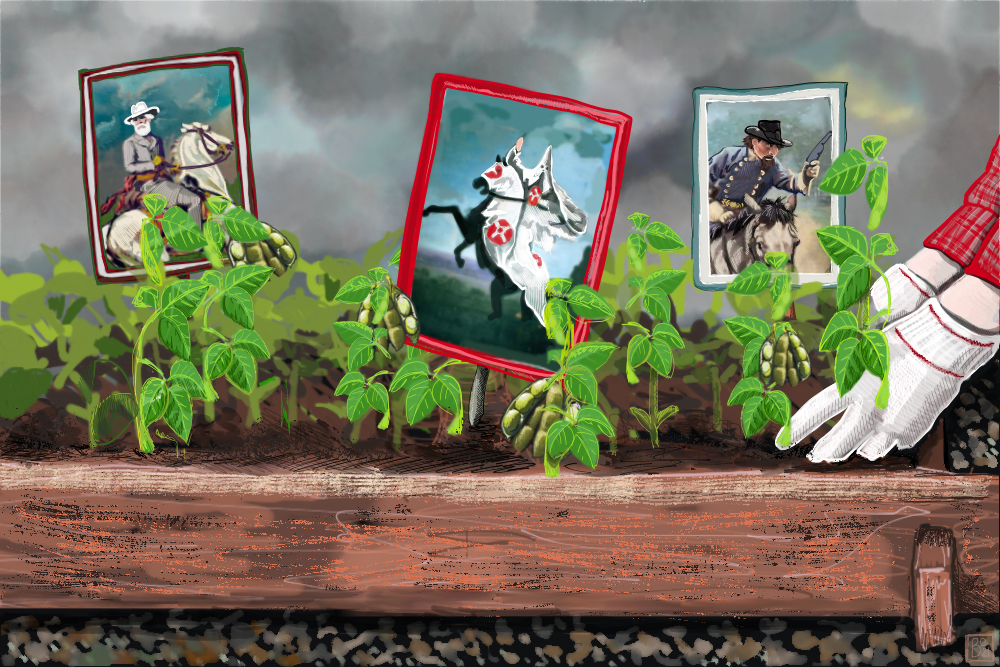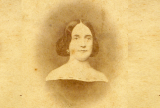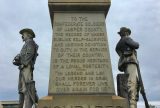The 20th-Century Rise of the Confederate Soybean
The Emergence of Plants Named ‘Jackson’ and ‘Lee’ Tell a Larger Story of How the USDA Catered to White Farmers
If you were a devoted reader of Soybean Digest in the middle decades of the last century—likely a farmer who was either growing soybeans or seriously considering it—you might have witnessed a quiet invasion taking place on the series of maps printed in conjunction with the magazine’s annual review of new soy cultivars.
Cultivars, or “cultivated varieties,” are variants of domesticated plants adapted to specific uses, climates, and soils. Soybean Digest printed the names of varieties recommended for specific locations over an outline map of the U.S. that extended far enough …










